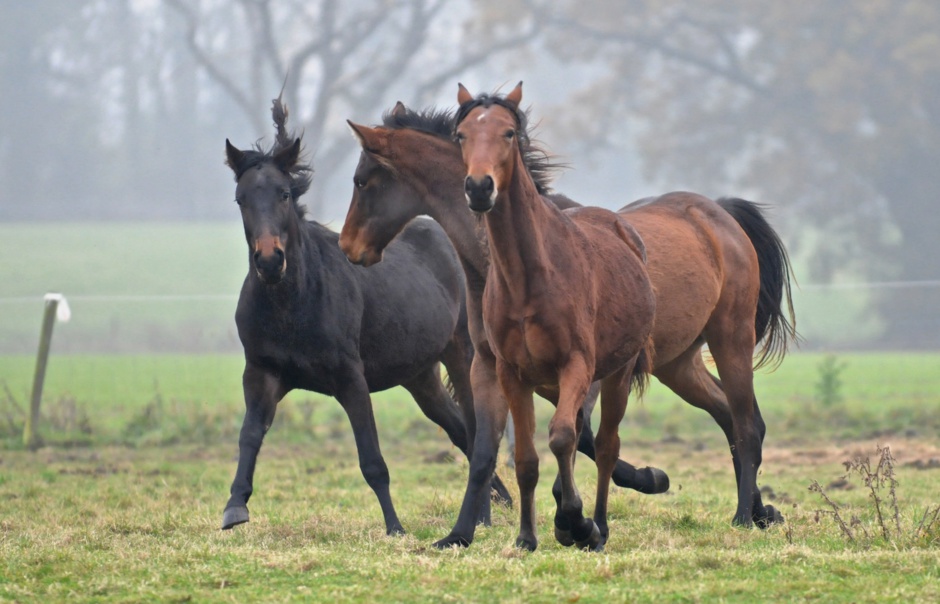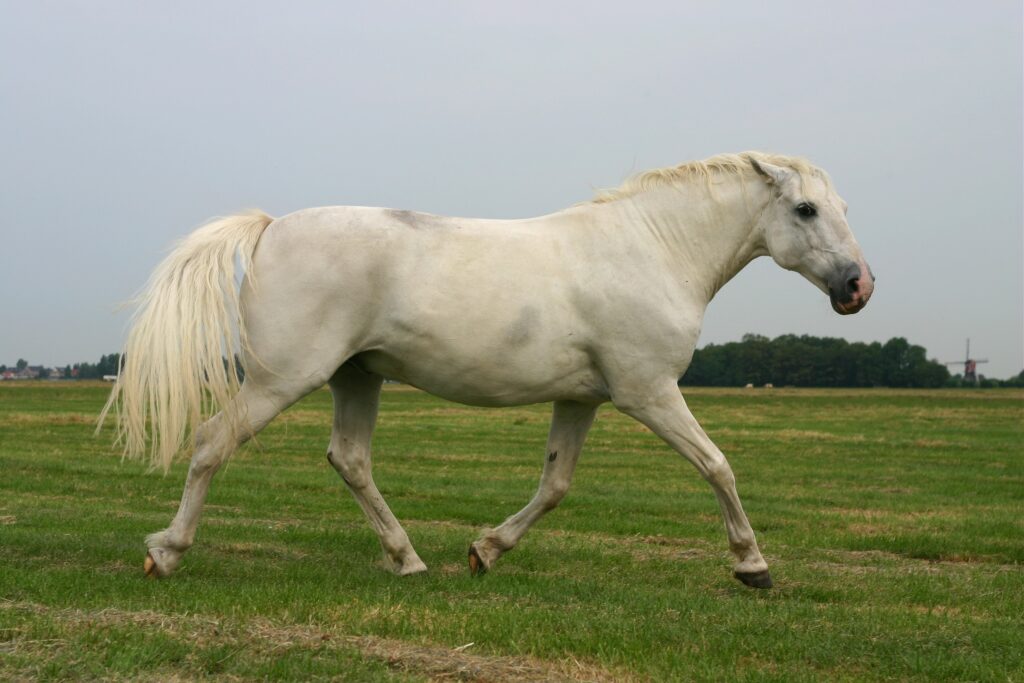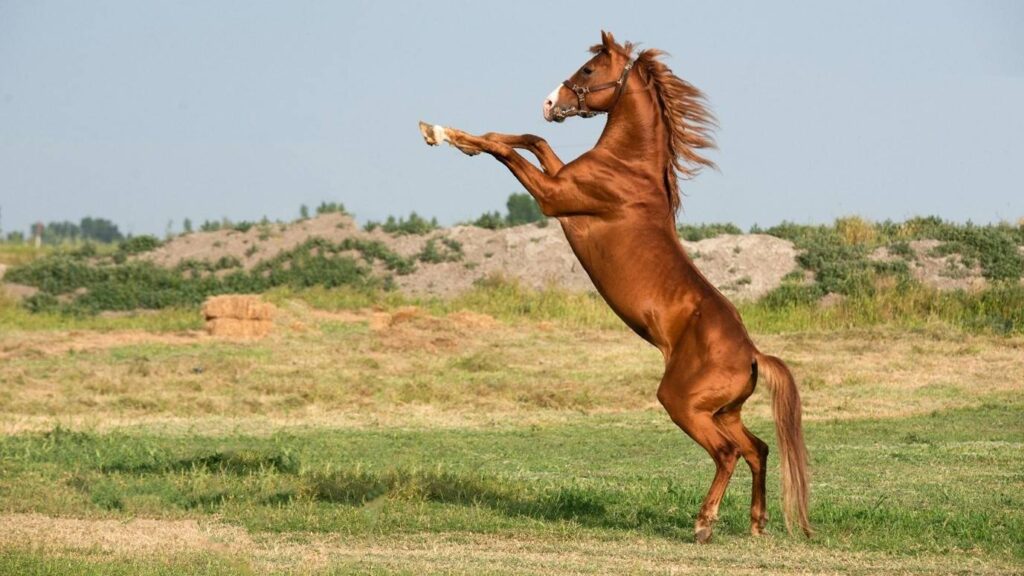In the world of equestrianism, training horses with food rewards has emerged as a revolutionary method for communicating and bonding with our equine companions. This approach, grounded in the principles of positive reinforcement, offers a humane and effective way to guide horses through learning new behaviors and commands.

Understanding the Basics of Positive Reinforcement
Positive reinforcement involves rewarding a horse with something it desires, such as food, to encourage a particular behavior. By associating good behavior with rewards, horses are more likely to repeat those actions in the future. This method contrasts with traditional training techniques, which often rely on pressure and release.
The Science Behind Food Rewards
When a horse receives a food reward, it releases dopamine, a neurotransmitter associated with pleasure and learning. This chemical reaction strengthens the connection between the behavior and the reward, making it easier for the horse to understand and remember what is being taught.
Steps to Implement Food-Based Training
1. Choose the Right Treats
Not all treats are created equal. It’s essential to select healthy options that your horse finds appealing. Carrots, apples, and specially formulated horse treats are popular choices.
2. Timing is Everything
Deliver the reward immediately after the desired behavior to ensure the horse makes the correct association. Delayed rewards can confuse the animal and hinder the learning process.
3. Start with Simple Commands
Begin with basic commands such as ‘stand’ or ‘come.’ Once the horse consistently responds correctly, gradually introduce more complex tasks. For more details on basic commands, visit this basic horse commands guide.
Common Challenges and Solutions
Overcoming Food Aggression
Some horses may become pushy or aggressive when food is involved. To mitigate this, establish clear boundaries and reinforce polite behavior consistently. If you’re encountering trust issues with your horse, consider these trust-building techniques.
Consistency is Key
Consistency in training sessions helps reinforce learning. Ensure that everyone handling the horse uses the same commands and reward system to prevent confusion.
Benefits of Using Food Rewards
Training horses with food rewards offers numerous advantages, including improved communication, increased motivation, and a strengthened bond between horse and trainer. This approach also enhances the horse’s willingness to learn, making training sessions more enjoyable for both parties.
Exploring Advanced Training Techniques
Incorporating Groundwork
Groundwork exercises are an excellent way to advance your horse’s training. By combining groundwork with food rewards, you can teach complex maneuvers and improve overall behavior. For more information on groundwork, check out this groundwork exercises article.
Building Trust Through Training
Trust is a crucial component of successful horse training. By using food rewards, you can create a positive and trusting environment where your horse feels safe and eager to learn. Discover more about building trust with your horse in this trust-building guide.
Common Misconceptions About Food Rewards
One common misconception is that food rewards can spoil a horse or make it dependent on treats. In reality, when used correctly, food rewards can enhance training by providing clear and positive feedback.
Conclusion: Embracing Positive Reinforcement
Incorporating training horses with food rewards into your routine can transform the way you interact with your horse. By fostering a positive and encouraging environment, you can unlock your horse’s full potential while deepening your bond.

Frequently Asked Questions
What types of food rewards are best for horses?
Healthy options such as carrots, apples, and formulated horse treats are ideal for rewarding horses.
Can food rewards lead to negative behaviors?
When used correctly, food rewards can reinforce positive behavior. It’s important to establish boundaries and maintain consistency.
How quickly should I give the food reward?
Rewards should be given immediately after the desired behavior to ensure the horse makes the correct association.
For more insights into horse training, visit this comprehensive horse training guide.
This article contains affiliate links. We may earn a commission at no extra cost to you.







